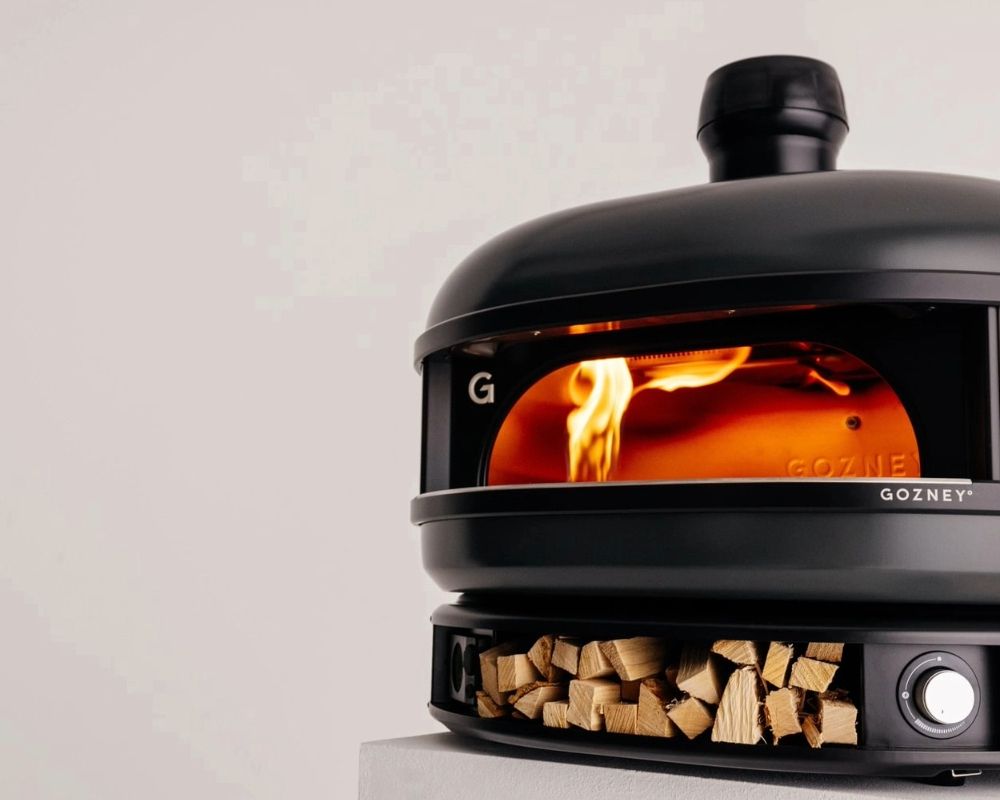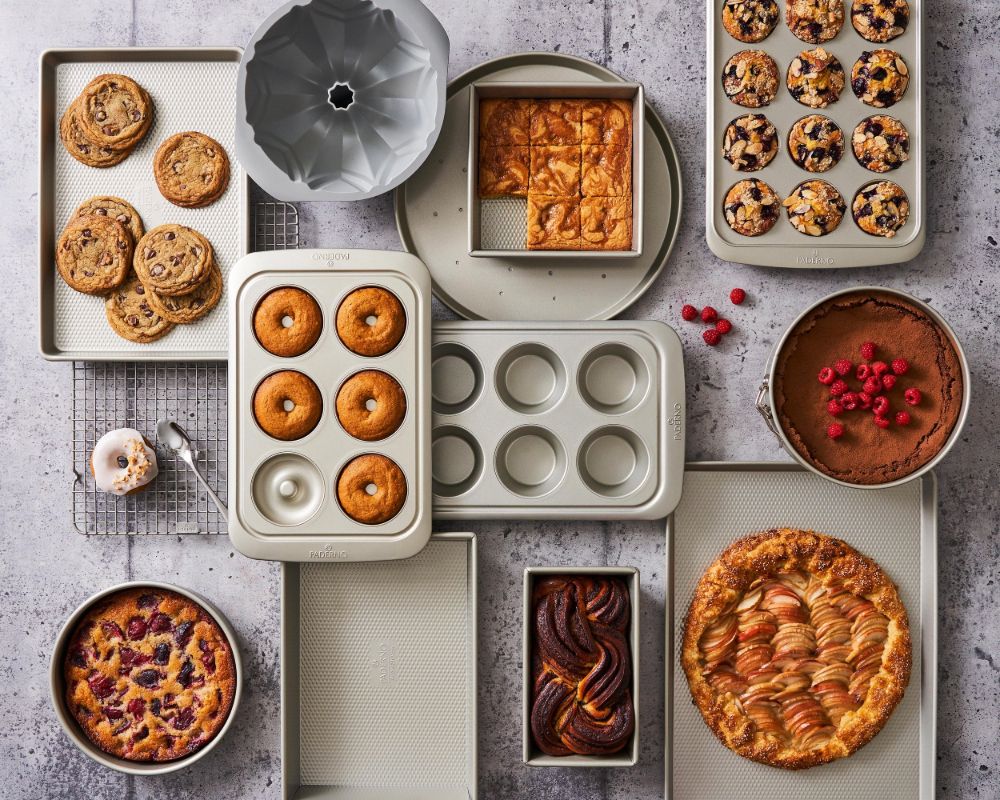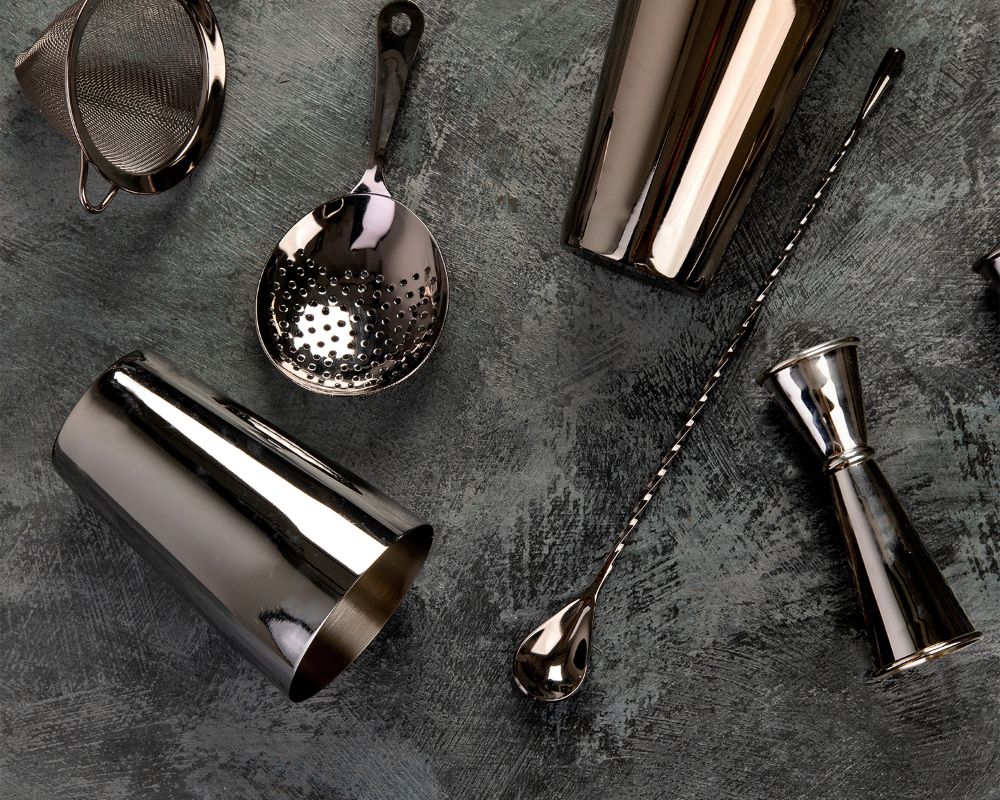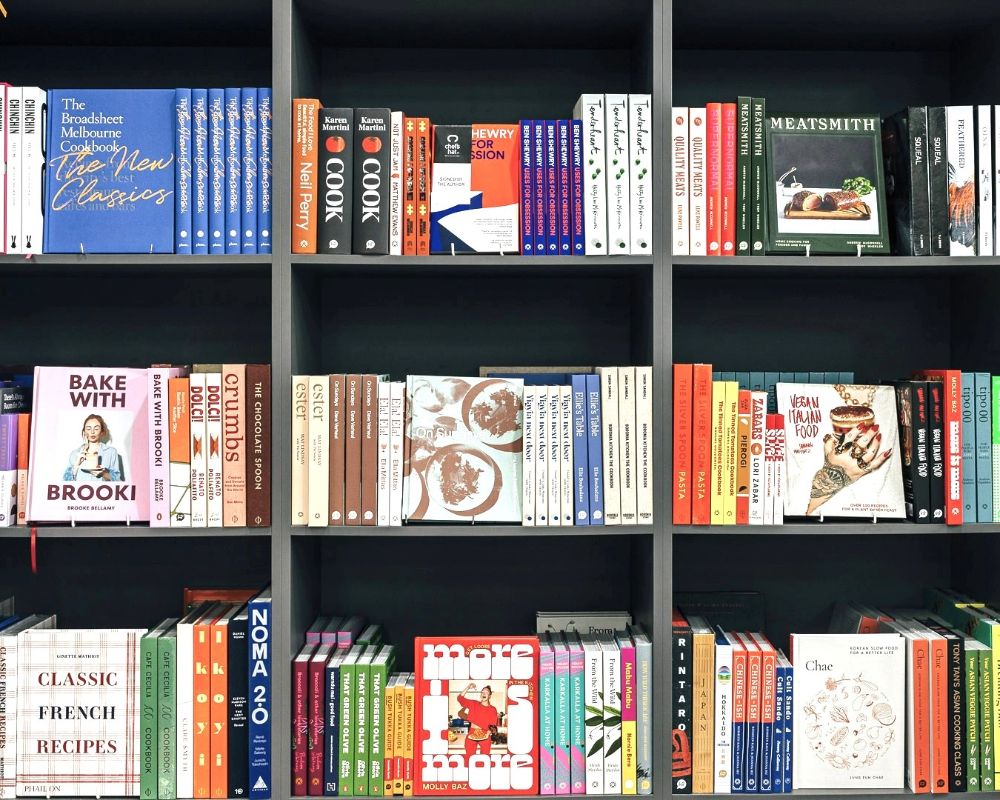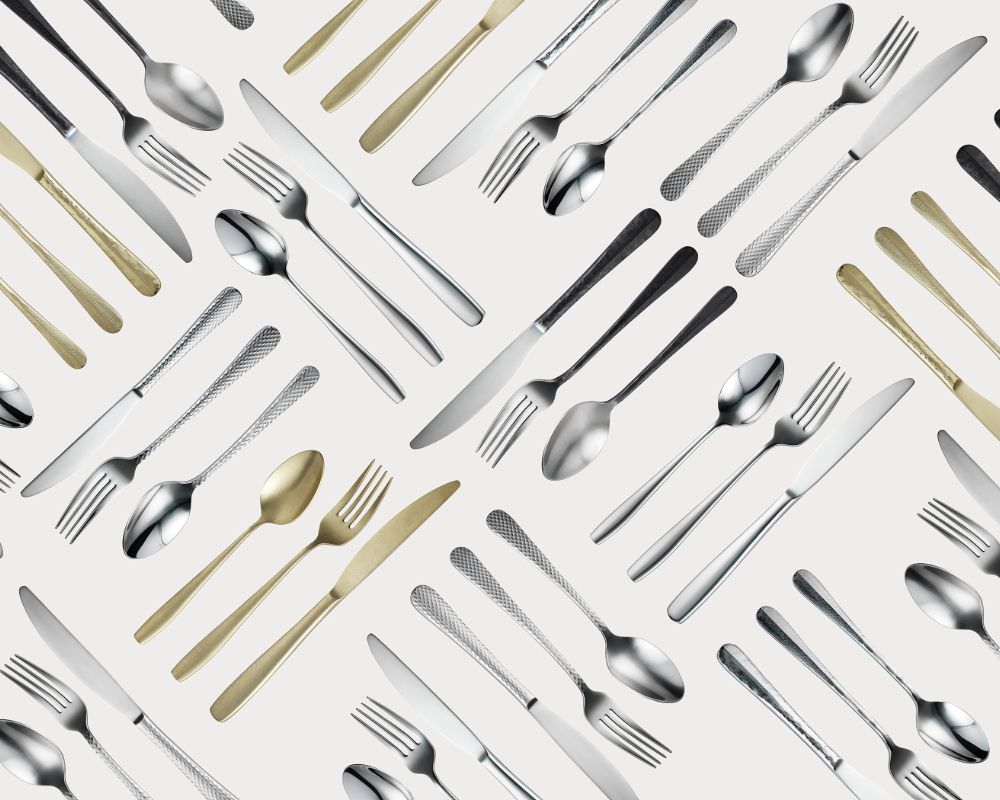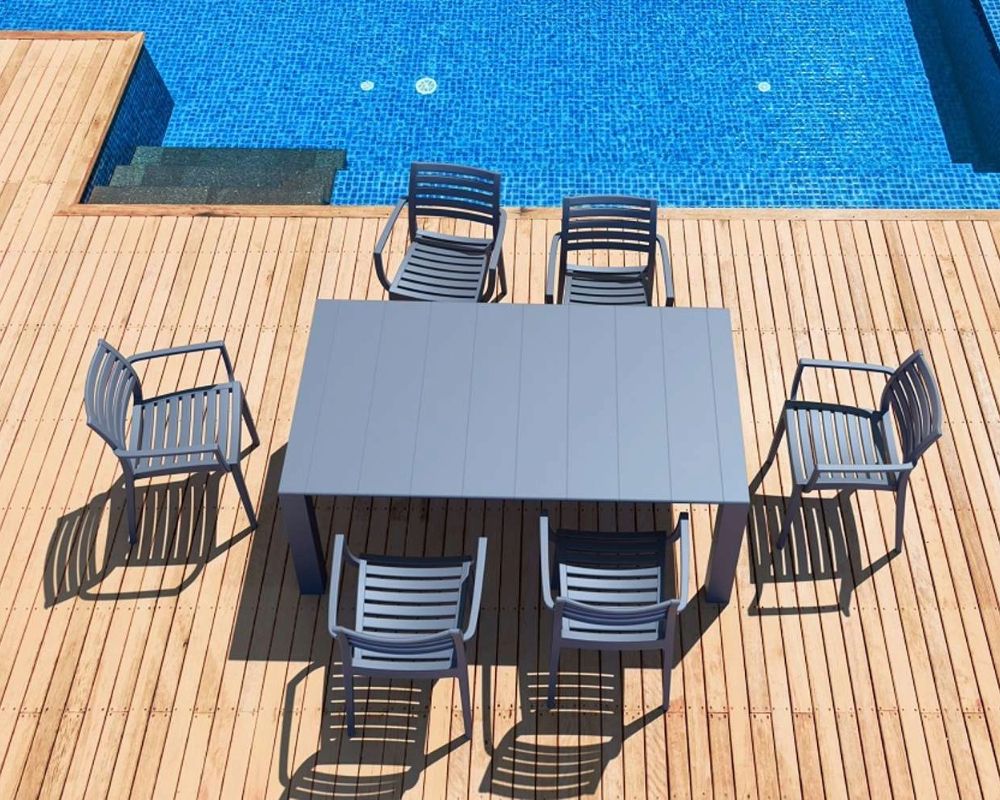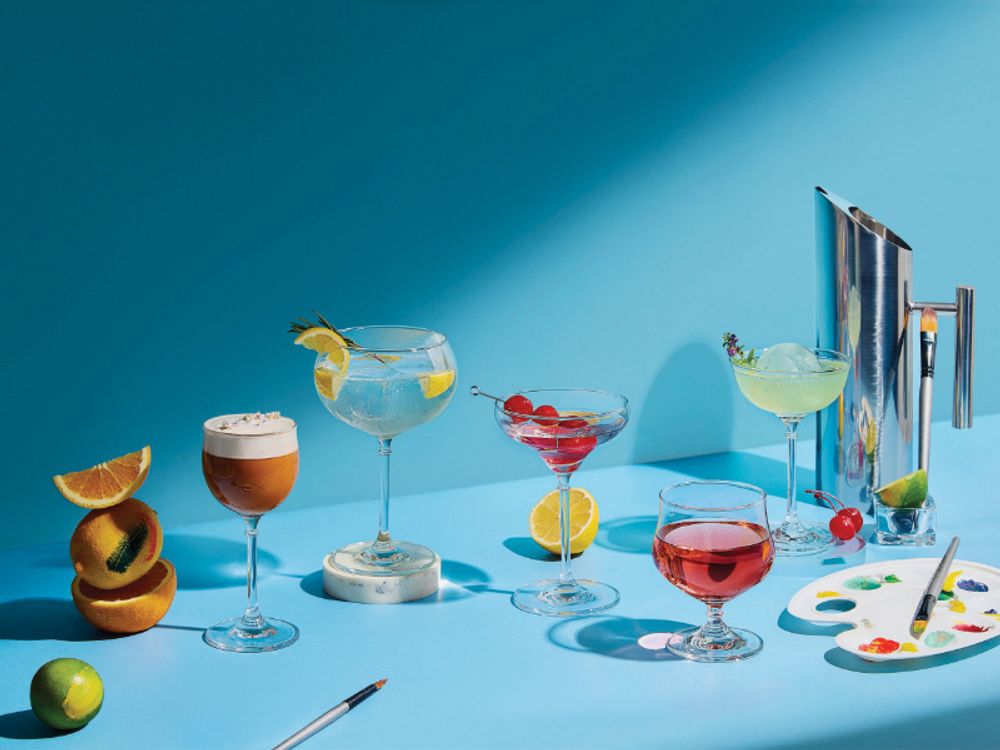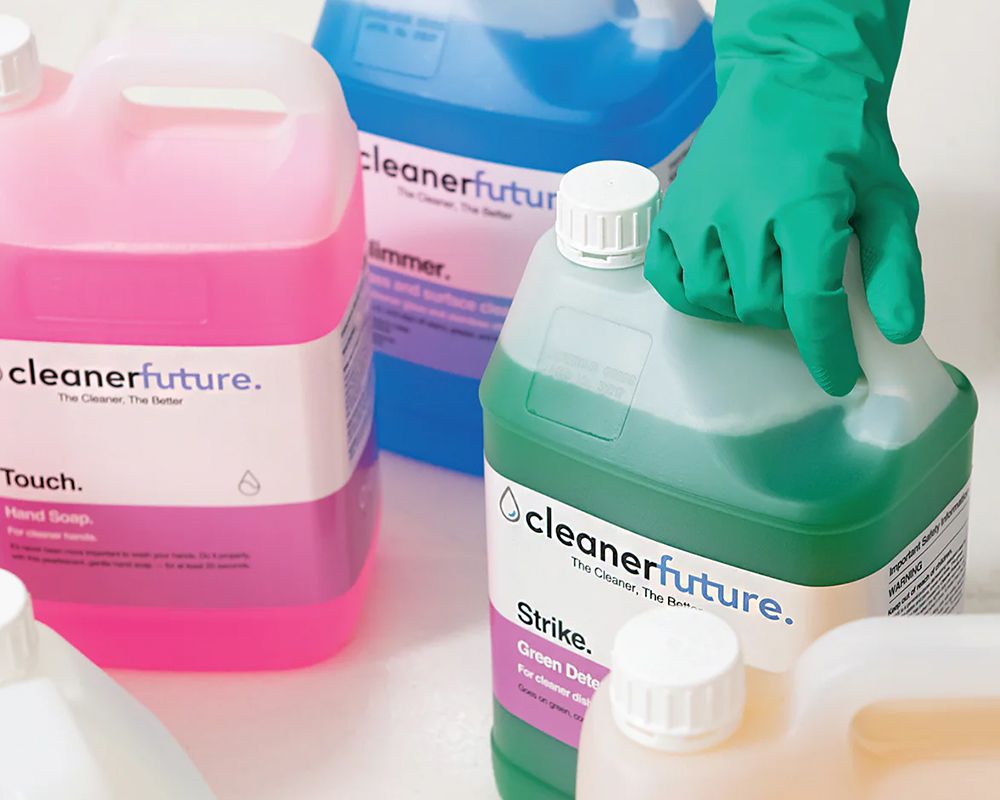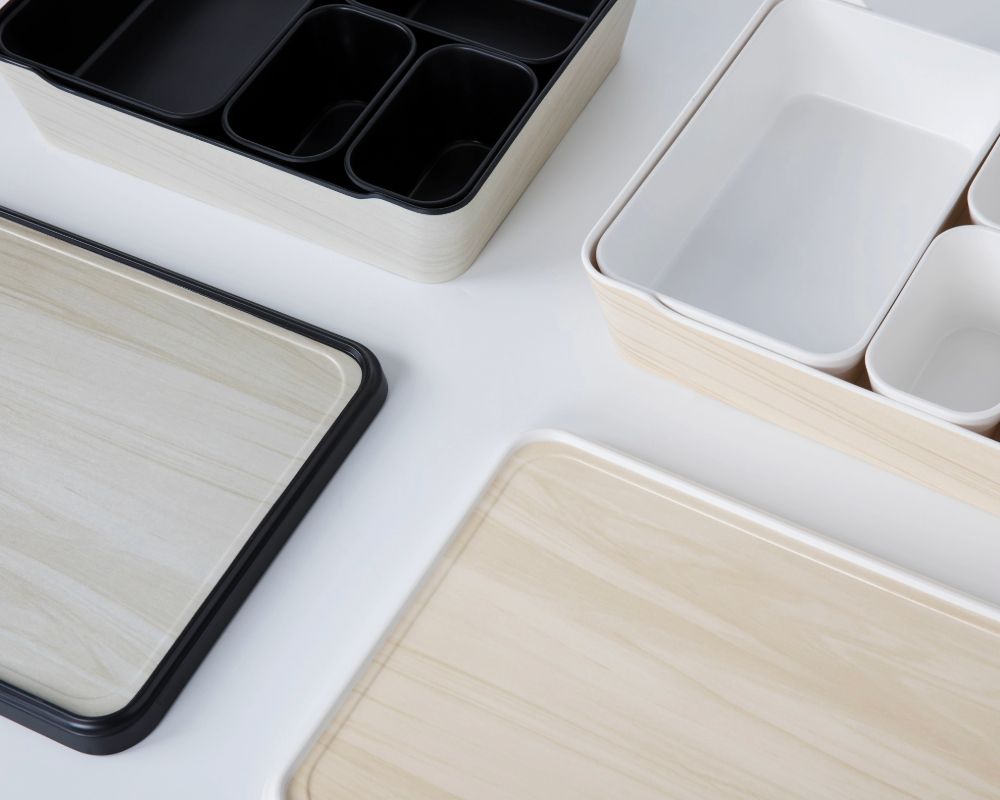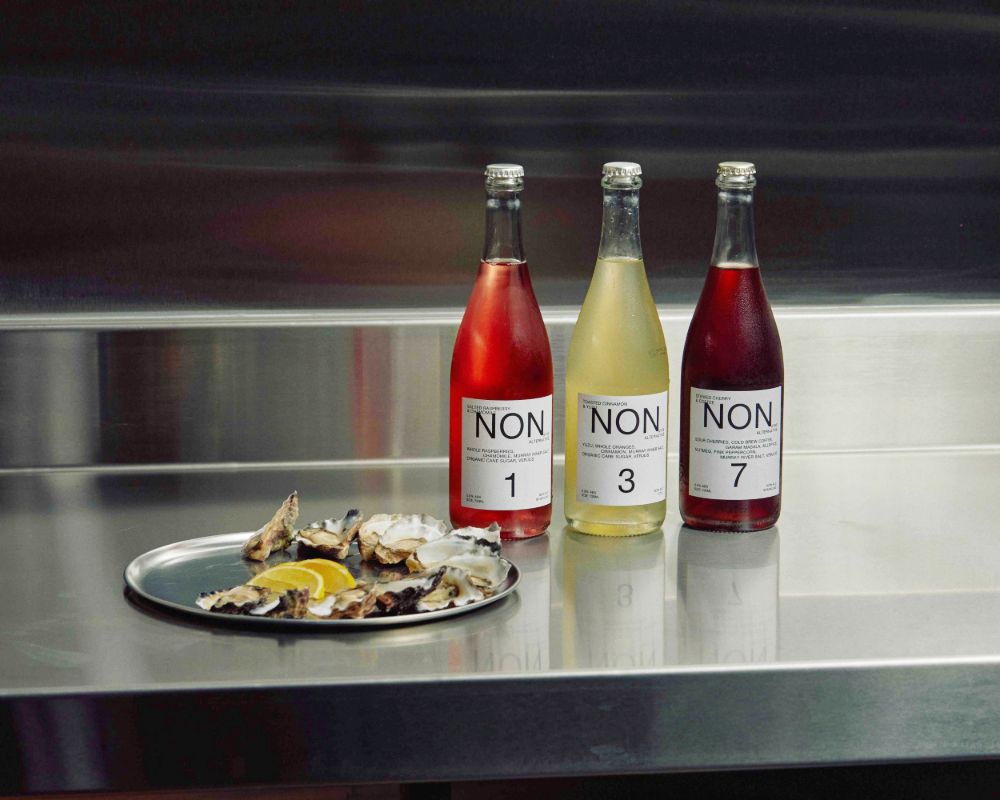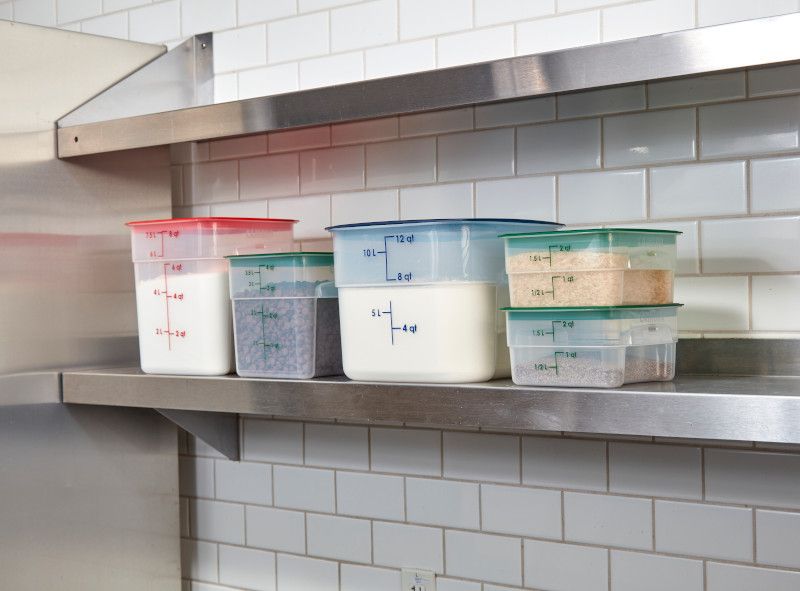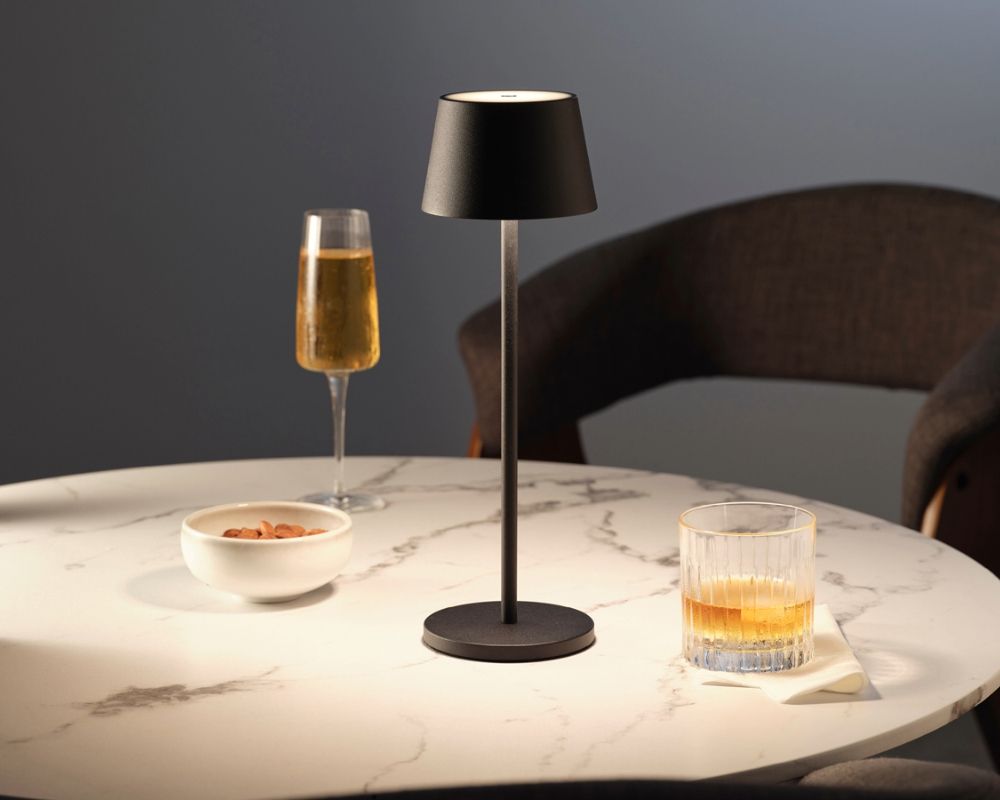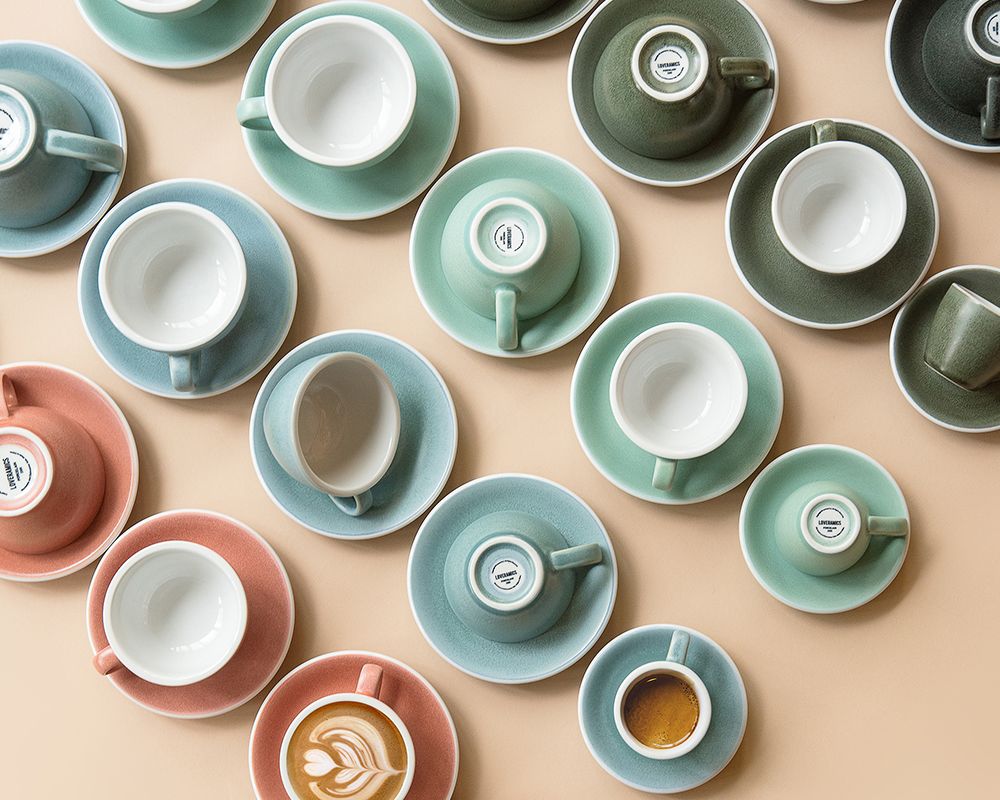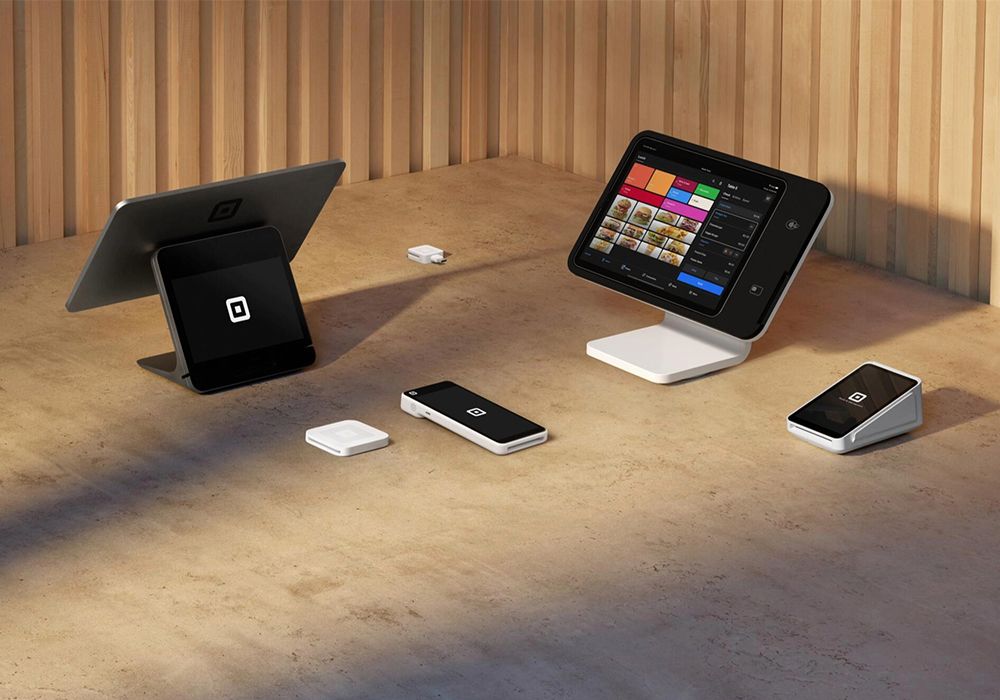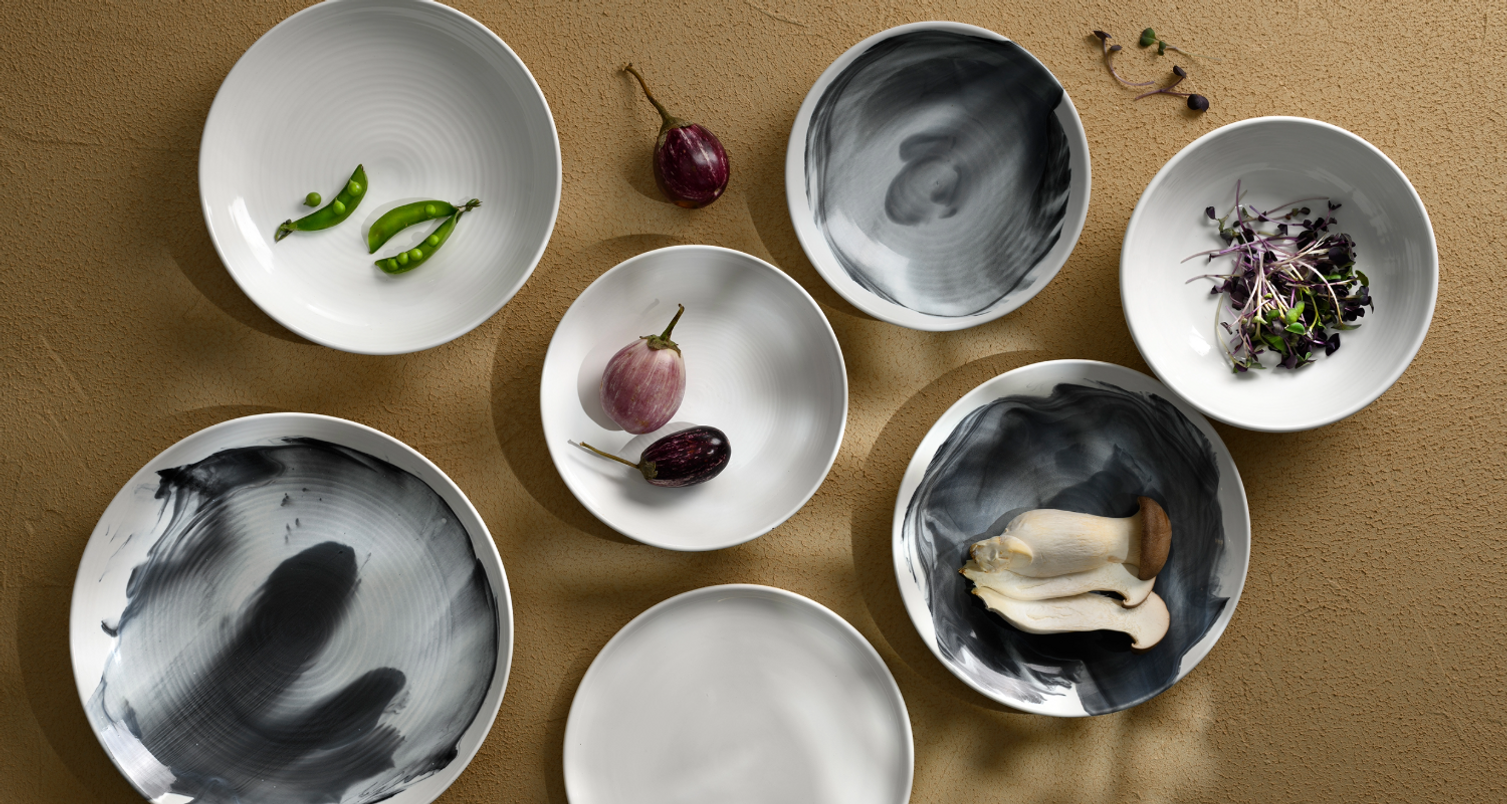What to Know When Buying Cake Tins
|
It’s a truth universally acknowledged that every homemaker is in need of a basic collection of cake tins. But what exactly should you look for when buying cake tins? Today we are going to discuss what to look for when buying baking tins, what each one does, and the essential cake tins you need to have in your home! 4 Simple Rules for Buying Cake TinsThere are four very simple rules when it comes to buying cake tins, which makes shopping easier! 1: You Get What You Pay ForThere are so many different cake tins on the market today. And they’re available in a vast range of different materials with numerous finishes. But as a general rule of thumb, you get what you pay for. The more durable and long-lasting tins will often be on the more expensive end of the scale. It is important to think of them as an investment – buying the best quality possible means you won’t need to buy another cake tin for a very long time. 2: Look for Heavy TinsThe heavier the tin, the thicker gauge the metal. And those heavy tins coated with a dark, non-stick finish will absorb and create a more golden, slightly thicker crust than the lighter bakeware on the market with uncoated finishes. 3: Not All Measurements are the SameCake tins, as we know, come in a wide variety of shapes and sizes. And these sizes do vary between brands. It is important to remember that very few of the measurements on the packaging – or stamped into the bases – are actually correct. Some can be up to 2cm smaller than the measurement given. Make sure you always measure a tin yourself, before buying, especially if you’re after a specific size. 4: ConstructionIf you want stunning, uniform cakes – especially for multi-layer cakes – then you need to look at the side joins. Buy round and square tins that join at right angles at the base to give the most uniform baked products. However, if you’re not fussed, then rounded corners will do just fine. Different Types of Cake TinsWhile we generally use round-shaped or square-shaped pans but there is a wide range of cake tins to suit different needs and cake designs. Whether you love baking and decorating cakes, or you’re trying to bake for the first time, there’s a scrumptious appeal to making a gorgeous looking cake. We have pulled together a list of some of our favourite baking tins for you to use in your next dessert design. Loaf PanA loaf pan is a rectangular cake tin but is generally smaller on all sides than a bar tin. They work perfectly for a wide range of cake types, especially those with a thicker consistency. This includes pound cakes, and fruit or vegetable bread. And the tall sides can handle the different rising space different cakes and loaves need. Muffin PanThese pans are ideal for muffins and cupcakes, as well as multiple small cakes needed for desserts. They are generally made of metal and are around the size of a rectangular cake tin. They feature tube-shaped cups, the perfect size of cupcakes, muffins, cookies, and mini cakes! Tart PanWhile a tart is closer to a pie than a cake, you can still make amazing, thick cakes with a tart man. They are ideal for flourless chocolate cakes, for example. This also allows you to make a gently scalloped outside layer that compliments any fillings you pick. They also have a separable base, making it easy to lift cakes, tarts and pies free of the tin. Bundt Cake TinThese cake tins have grown in popularity in recent years. The traditional bundt tins are a ring-shaped tin with a hole in the middle, designed to ensure the cake bakes evenly. However, modern bundt cake tins are moulded with a variety of different designs, including flutes and swirls, allowing you to easily make a dramatic looking cake. Heart-Shaped TinAnother modern favourite is the heart-shaped baking tin. It allows you to easily create a beautiful, heart-shaped cake without the need to carve down a round or square cake. This has also spawned other novelty tins, like flowers and Christmas tree shapes. Cakelet TinsAn evolution of the muffin pan, cakelet tins let you easily bake a range of impressive individual cakes in a wide variety of shapes and designs. They are ideal for individual desserts to impress friends and family and are great for any event. What Cake Tin Materials are Best?Cake tins come in a wide range of materials. But not all are best for all types of baking. Remember, you get what you buy. While cheaper tins are appealing, their materials won’t have the staying power of more expensive cake tins. Aluminium TinsNon-stick coating aluminium gives the best results. However, it is becoming increasingly difficult to find. Scoop them up if you find them! Stainless-Steel or Tin PansThese tins provide better results if you reduce the oven temperature by 10°C. they generally have straight sides and sharp corners. Tin will rust though, so you need to dry thoroughly after washing! Non-Stick TinsThese cake tins and pans are now readily available and can be found almost anywhere. It’s important you reduce oven temperature, again, by at least 10°C and the dark surface of the pans absorbs heat and can cause your cake to burn. We also still recommend you grease them lightly. Silicon PansSilicone bakeware is becoming even more popular than non-stick pans. It is important to buy the best you can afford and that will last you a lifetime. While they don’t brown as well as metal, it is wonderfully non-stick and flexible, so you can twist and easily pop that cakes out. You made need to support this flexible cake pan with an oven tray once filled. What Cake Tin for Which Cake?It also helps to know what tin best suits the type of baking you are undertaking. We have listed some basic cakes and the best tins for them below. Mud CakesMud cakes and gingerbread type cakes bake best in a flat, open pan. If they are baked in deep pans, they often rise and fall in the middle or they take a long time to cook through properly. Sponge CakesSponge cakes are best cooked in a deep-sided pan. The high sides protect the delicate sponge mix and prevent a crisp crust from forming. While traditionally sponge cakes are cooked in a matching pair of shallow sandwich pans but we recommend deeper pans. Fruit CakesFruit cakes can be baked in just about any cake pan you want, from large to tiny. You just need to adjust baking times and oven temperatures. BiscuitsBiscuits are best cooked on flat oven trays with shallow sides. This allows the heat to skim over the top and ensures proper circulation and browning. SlicesSlices are best cooked in slice pans or lamington pans. These are rectangular pans about 2.5cm high. Essential Cake PansA beginner baker needs a good range of baking tins and cake tins to start off on the right foot. We recommend the first pans you get are:
Caring for Your Cake TinsMake sure you always clean your cake pans in hot, soapy water. You should then rinse well and place them back in the oven. The residual heat will make sure they don’t completely dry out before you store them in a cupboard. If the oven has already cooled, just reheat to about 100°C. Measure and MarkIt is important to measure all your cake tins and baking pans in centimetres across the centre of the base. Use a permanent marker to note the size on the base so you can see the right measurement at a glance next time you go use them. Looking for the best in commercial and home bakeware and cake tins? Chef’s Hat carries a fantastic range to suit all your needs. Start your baking journey today with the world’s leading bakeware and cake tin brands at Chef’s Hat. |
| See the cake pan range at Chef's Hat |
 |



